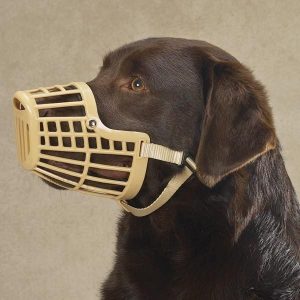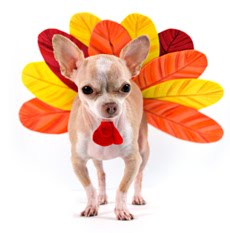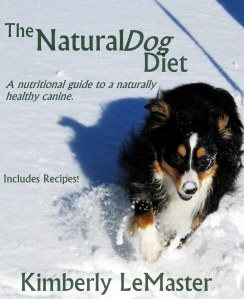The holidays are fast approaching and plans are being made to travel. I’m sure you can’t wait for your family to meet your furry best canine friend, but it is a federal law in the United States that requires your dog to be fully vaccinated against the rabies virus and have a health certificate stating that your dog has had a wellness exam within the past 10 days before you cross state lines. This is for air travel, car travel, train travel or even if your goin’ horseback across the country. Your dog must see the vet first!
Dogs don’t like vets though, right? Well, most don’t anyways and vets keep muzzles on hand for the dog who likes to snarl, bark or is otherwise simply scared of their poking and prodding. How can you blame your pooch, though, when a stranger comes at them with a needle? Even the friendliest, most outgoing dogs can snap in fear at a veterinarian even if you can’t see his fear in body language. You can make your dog so much more comfortable if you have trained him to comfortably and happily wear his own muzzle before heading to the vet’s office.

Training your dog to accept and even enjoy his muzzle is actually incredibly simple and easy. There are many types of muzzles, with the basket muzzle being a top choice for pet owners because it still allows the dog to open his mouth to pant while protecting people and other animals from a bite. Any type of muzzle that you and your dog feel the most comfortable with will do. After all, he most likely will only have it on for mere moments at the vet’s office, and will wear it more often at home during training sessions!
Lure your dog into the muzzle first. With the muzzle open and sitting in your hand below your dog’s eye level, put a treat in the opening of the muzzle. This must be a high value treat that your dog just cannot live without, such as real meat or cheese. As he grabs the treat, click your clicker to mark the behavior of placing his nose almost into the muzzle. If you don’t use a clicker, just say “Yes!” to mark it. His reward is the treat he just grabbed. Continue doing this for a few minutes, and if your dog is comfortable, you can place the treat further in. You are literally luring him into the muzzle.
After a few sessions, you should be able to hold the muzzle up, say “Muzzle!” and your dog can put his face into the muzzle on his own. Give him time to accept that this is the behavior that you want, and do not close the muzzle around him yet! Ask him to place his face in it by holding it the exact same way you did when there was a treat in. It may take him a few moments to figure it out, since there is no treat in it any longer. When his face sets in, even if it’s not all the way, mark that behavior with a great big “Yes!” or click and praise and then give him the treat. Practice this, then move on to closing the muzzle for only 2 seconds, release then treat. If you are using a basket muzzle or any type that he can still accept the treat, it is best to give him the reward while he is wearing it!

Using the food reward while he is inside the muzzle, as well as placing the treat directly into it to lure him in, is the exact same kind of conditioning methods used in crate training. A good thing is inside the space that the dog wants, he gets it, and that item (the muzzle) becomes a positive object in your dog’s life. He sees the muzzle, he knows good, yummy things are about to happen!
If your dog is comfortable with the muzzle, he will be far less stressed out at the vet’s office during his exam and vaccinations. No matter what your dog’s temperament is, muzzle training should be considered a basic command for all dogs. You never know when it will come in handy!
NEWS: I am back on Fiverr offering dog training and freelance writing for YOUR dog blog! If you like what you see here, need help with your pooch and/or content for your doggy site, blog, news, or any other canine media, I am here for you!
Furthermore, you can now follow me on FACEBOOK!





